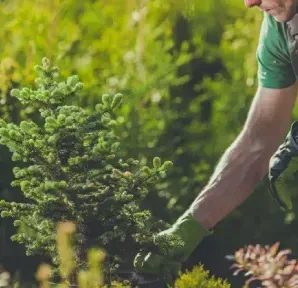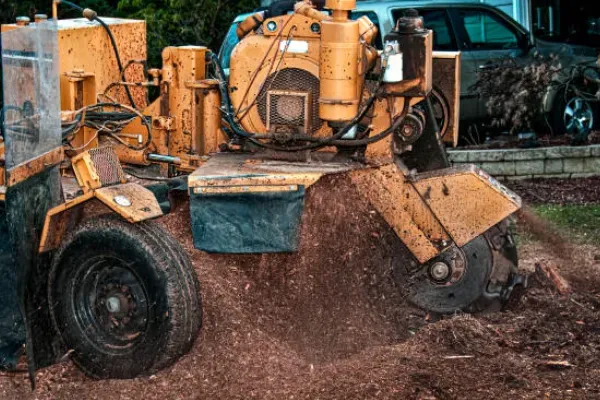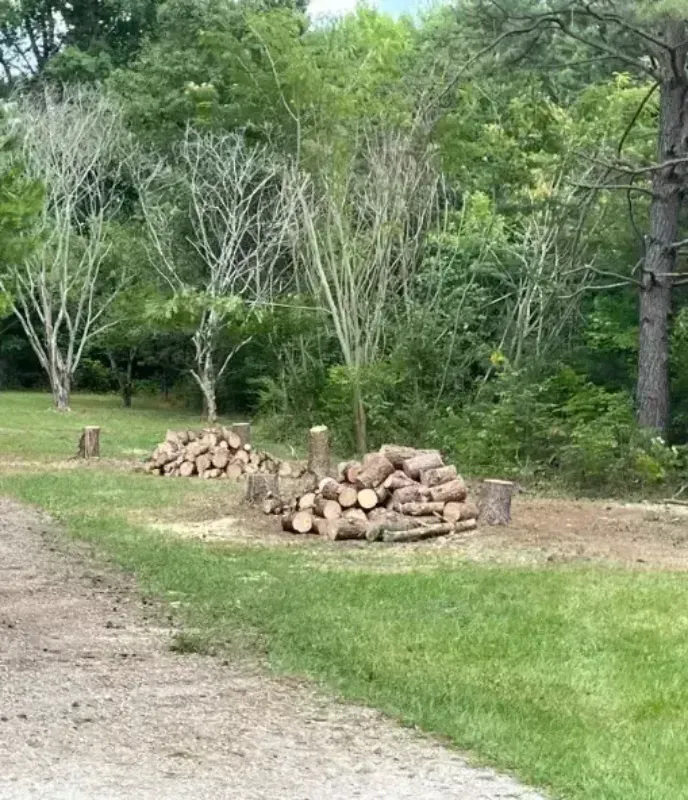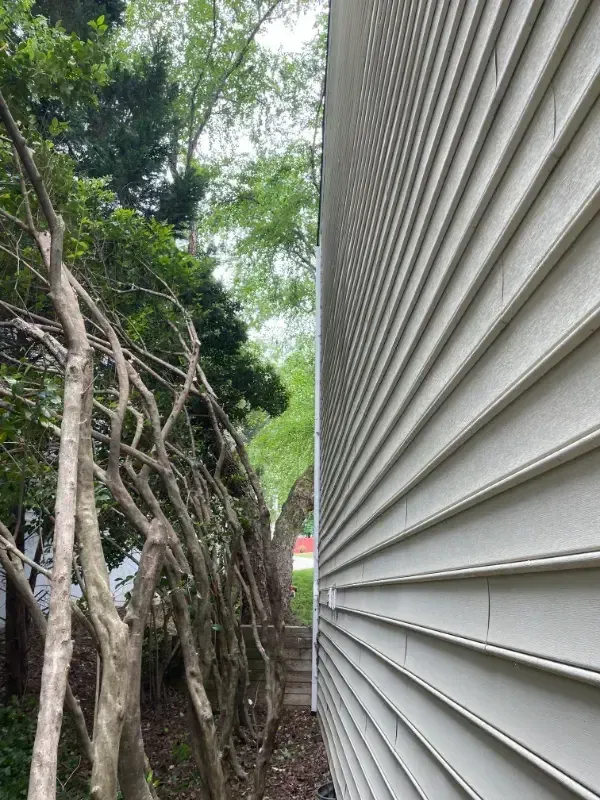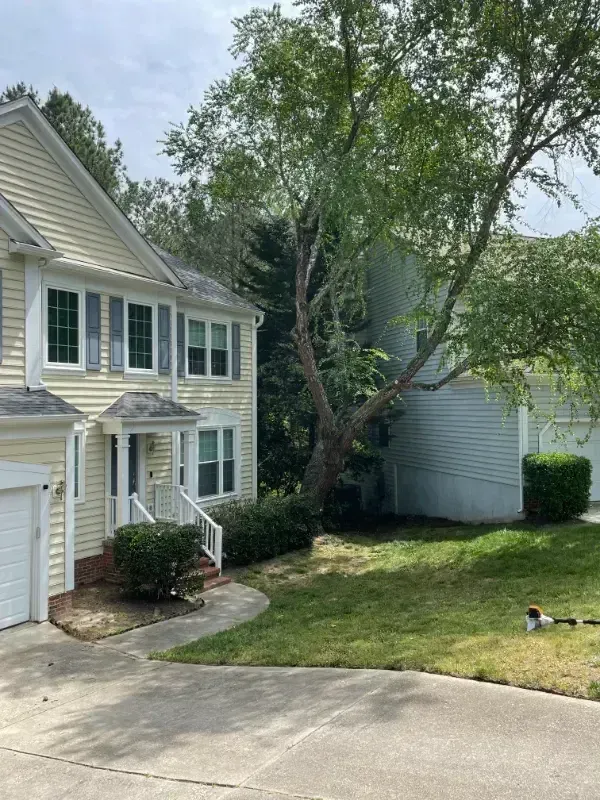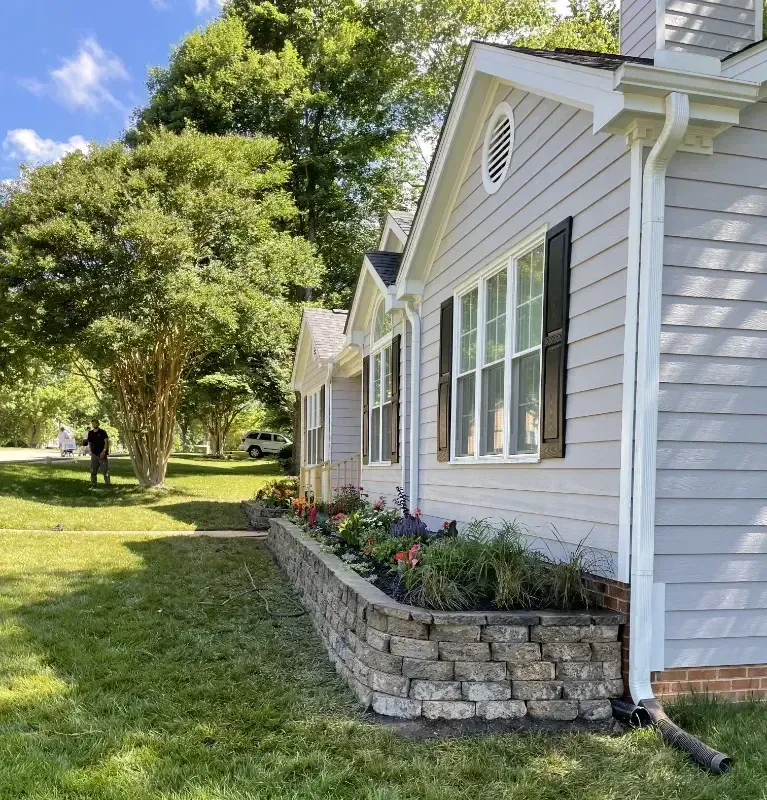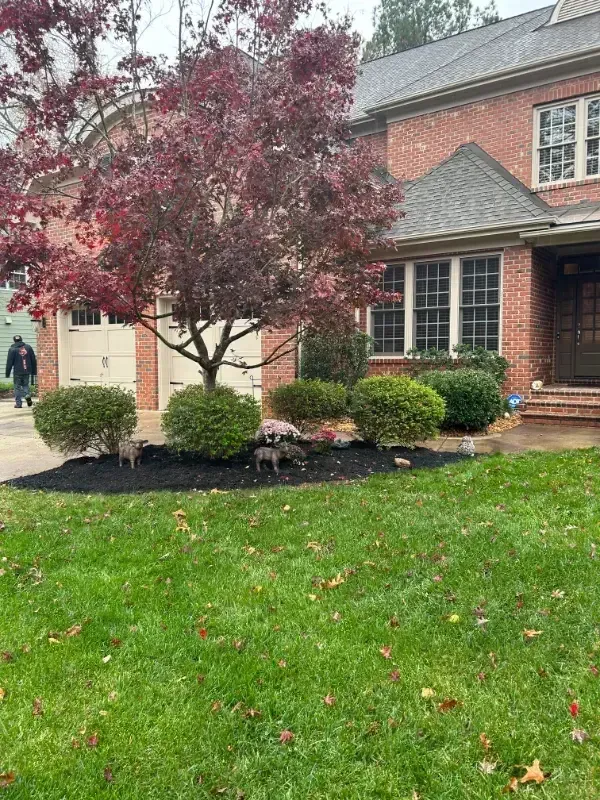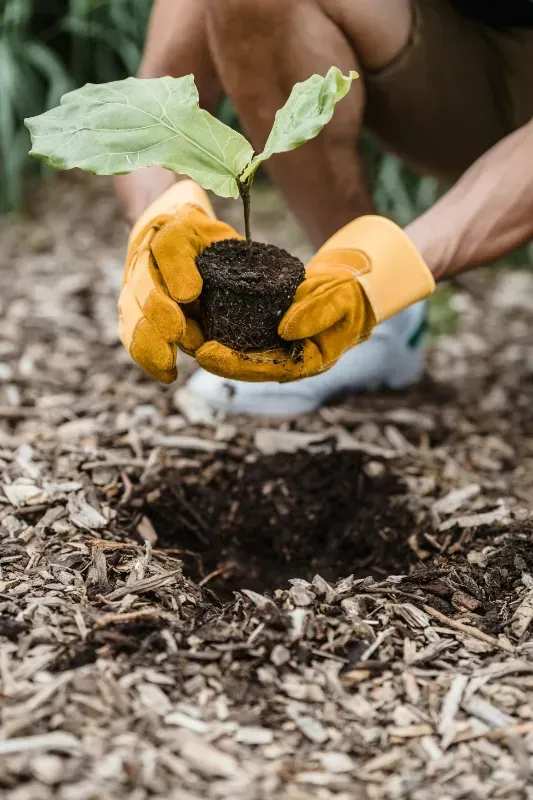Native Tree Planting for North Carolina Homes: Go Local
The Importance of Tree Planting with Native Species in North Carolina
When we talk about planting trees, we are not only talking about adding a tree to your yard, we are talking about creating a living relationship with the land. Natives grow best in North Carolina's soil and climate. Natives thrive and grow stronger and healthier without constant energy devoted to their care. Unlike imported varieties, natives have been familiar with the local weather patterns, pests, and soil types since they were mature trees. Planting natives today gives your landscape a natural jump start.
Try to imagine walking outside and experiencing a yard that seems alive all year long. Dogwoods, oaks, and red maples not only grow up beautifully, they all support birds, butterflies, and pollinators in addition to each leaf and branch contributing to a balanced environment. That is the quiet might of tree planting native species, you are architecting your backyard to behave like a tiny ecosystem giving back to nature.
How Tree Planting Native Trees Supports Local Wildlife
Native trees serve as a welcoming mat for wildlife. They provide food, shelter, and security to animals that are already part of North Carolina wildlife. When you plant a white oak or a sweetgum, you are not just planting a tree; you are creating a home for songbirds, butterflies, and squirrels. Trees provide insects, which feed the birds, in addition to providing seeds and acorns, which support wildlife throughout the seasons.
If you ever wanted your yard to hum with life, this is how to do it. Planting trees indigenous to a region re-introduces wildlife to our spaces. The sound of leaves rustling, birds chirping, and bees buzzing transforms any yard into a serene oasis. It is a simple step to take that makes a big impact; an impact for animals, the planet, and yourself.
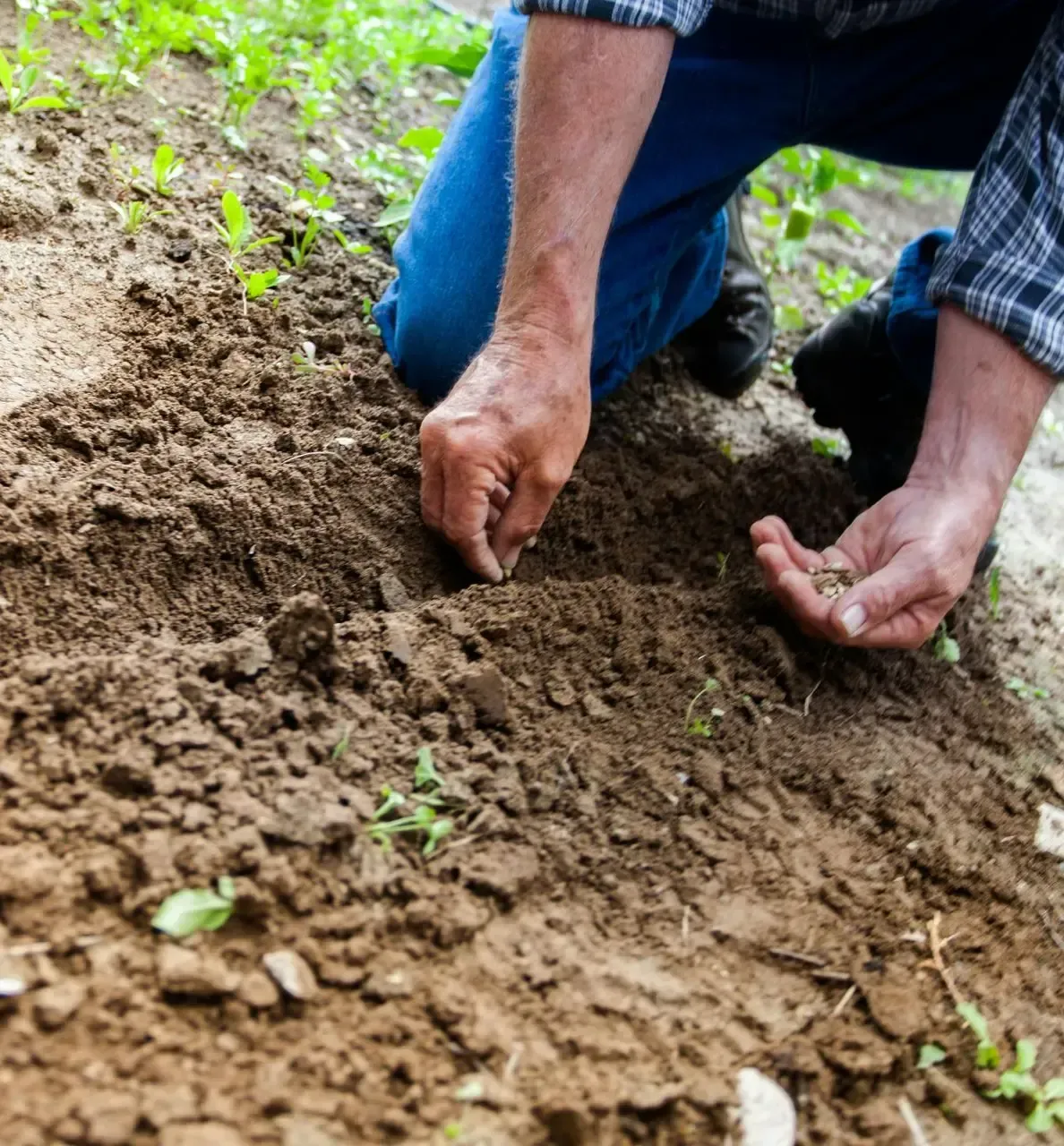
Tree Planting Tips for Homeowners in North Carolina's Climate
North Carolina's weather can be unpredictable at times: warm summers, cold winters, and a fair amount of rain. That is why the selection of trees and technique of planting matters so much. Always dig a hole twice as wide as the root ball, and always plant the roots at the same level in the ground, setting the top roots level with the ground. Water deeply, especially the first year, to develop healthy deep roots.
Some popular trees native to this region are American beech, red maple, and eastern redbud. These trees are attractive, low care, and planted for this environment. Also, it is good to remember to plant trees in the fall and early spring, when the ground is moist and the temperatures mild. This is the best way to get your tree thriving for decades of healthy, happy growth.
Why Tree Planting Native Trees Improves Soil and Water Quality
Trees native to your region act as filters for the ecosystem. Their roots hold soil in place, preventing erosion during rain storms, an especially serious problem in parts of North Carolina known for heavy rain that can wash away topsoil. The roots also help to clean the water, naturally absorbing impurities before they hit the local creeks and rivers.
When you plant native trees you are investing in your land and a cleaner water supply source for your community and your family. The trees help reduce runoff, while they provide shade to keep the soil cool, and they provide natural mulch in the form of healthy leaves which fall to the ground. It is fascinating how native tree species planted can help create balance in the local ecosystem, beginning in your own backyard.
Tree Planting for Curb Appeal: Beautifying Your North Carolina Home
A property containing native trees is a property worth celebrating. Just think of the soft pink flowers of a dogwood or the intense red maple glory days in the fall-any of those will make your home look like it was featured in a magazine. The trees that you can plant are some of the easiest and cheaper things that you can do to increase the beauty and value of your property.
It's not just about beautiful trees. A shaded home stays cooler in summer months saving you on utility bills. In addition, a yard filled with trees can provide your family with a lovely inviting place to play, rest, or just hang out peacefully. With only a few specifically selected native tree species you can turn your North Carolina home into the comfortable colorful retreat you had hoped it would be before.
Sustainable Tree Planting Practices for a Healthier Ecosystem
Sustainability begins with small, conscious decisions. By planting native trees, you are cutting down on fertilizers and pesticides and need for watering. Native trees can grow naturally, with very little assistance. This means less chemicals in the ground and less stress on local water resources.
Mulching trees, not over-watering and managing your trees with some pruning is an easy habit you can develop to help your trees grow. Every sustainable choice you make is a clear message you care about the future of your land and the future generations to benefit from it. Tree planting is more than a project, it is a promise to protect what is closest to your heart.
Tree Planting Mistakes to Avoid When Choosing Native Trees
Sometimes, homeowners make a few of the most common mistakes of any gardener, even with the best intentions. One of the biggest? Planting trees too close to buildings or power lines. Think about it well; trees will need room to grow. A second issue is planting trees too deep, which may choke the roots completely.
You want to stick with a local nursery that specializes with native trees. They use their experience to help you with size and species for your yard. And remember: patience is a virtue. Tree planting is not instant. It is a process of beauty and benefit; that most people will see develop throughout a lifetime.
Seasonal Tree Planting Guide for North Carolina Homeowners
Every season has its own rhythm in regard to tree planting. Spring has soft rains and warm soil to help push new roots into the soil. Fall, however, is often the best season because the cooler temperatures allow less stress on young trees, while the roots are able to grow into the soil before winter.
In the summer, simply focus on watering and mulching to keep your trees hydrated. During the winter months, simply wrap a light wrap around the trunk to protect your young trees from frost. Following the natural rhythm of seasonal change, your trees will remain healthy and strong when spring rainfall, hot summer, and freezing winter are upon your trees.
The Long-Term Benefits of Tree Planting Native Species Over Imports
Native trees may not always bring a celebratory flair as imported trees, but they are the unsung heroes in your landscape. They typically live longer, are more resistant to disease, and generally much less work. Over time, this means fewer replacements and less money spent maintaining your landscape.
In addition to what you save, the long-term benefits of native trees include better air quality, improved soil, and more balanced ecosystems. When you are planting your native trees, everything under them thrives--including the things you plant and the wildlife. It is a long-lasting return on investment that enhances your landscape and enriches your communities with green solutions.
How Tree Planting Native Trees Helps Combat Climate Change Locally
Planting native trees, while a seemingly small act, can have a significant impact on the planet. Trees take in carbon dioxide, cool the air, and create natural shade for our neighborhoods to avoid heat buildup. When thousands of residents through North Carolina join efforts to plant native trees, it can make a difference.
Every tree matters. Every root, leaf, and limb is spaced apart in the fight against climate change from your backyard. If you are ready to make a difference, now is the time to plant trees and start a journey.
Contact Executive Tree Service NC in Creedmoor at
(919) 702-5904 to start planting a sustainable, beautiful landscape today.
